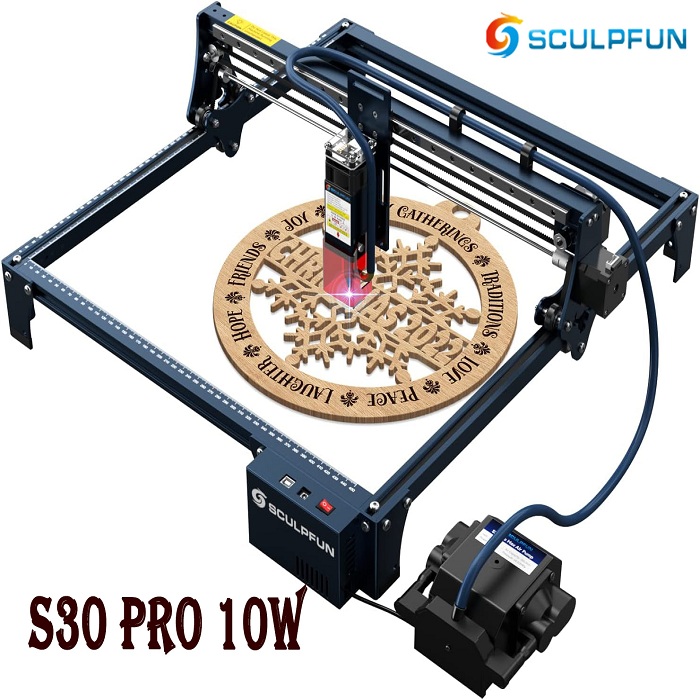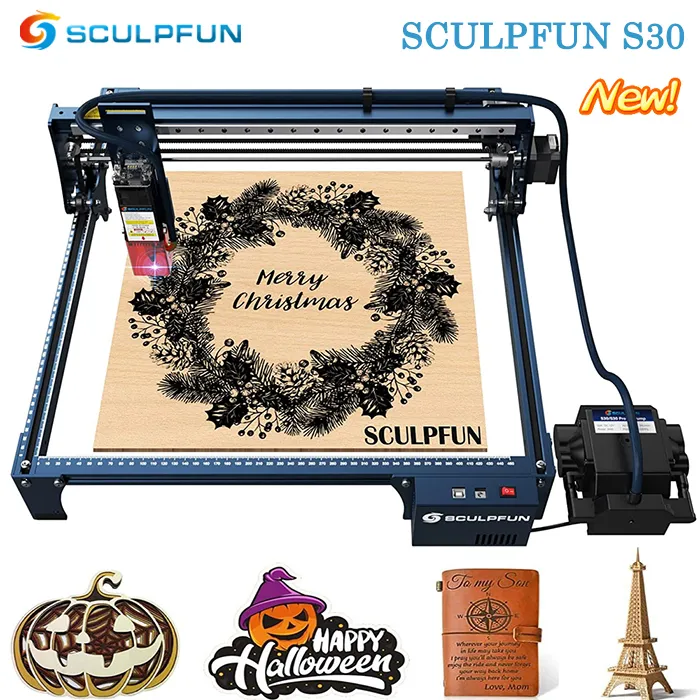Avoid Laser Cutting Fiberboard
Fiberboard is made from wood fibers exported from pulp mills. It is wrapped in wooden veneer that is glued together and has low, medium and high density. High-density fiberboard (HDF) or hardboard is made of highly compressed fibers with average densities ranging from 40 pounds per cubic foot to more than 60 pounds per cubic foot, sometimes even higher. Medium density fiberboard (MDF) has a slightly lower density range of 31 to 62 pounds per cubic foot. Both are strong enough to be used in architecture and furniture, but this does not necessarily make them good wood for laser carving and cutting.
In terms of laser cutting, MDF is the more common material. The problem with MDF is that it is too dense to obtain good results. When the laser hits it, it tends to scorch and produce deeper burns that look more like overengineered than clean cuts. In addition, the glue used by MDF is not suitable for lasers. Some sources claim that it works well as long as it is no more than 1/4 inch, but this does not compensate for the shortcomings or guarantee that the process is free of problems. Sculpfun S10 can cut MDFS up to 10mm to get a clean cutting surface with the help of air assistance. At the same time, although the laser power of Sculpfun S9 is only 5W, generally 5W engraving machine is not suitable for cutting, but it is a powerful machine, it can still cut 15mm wood and 10mm plywood, is a cheaper machine under the same function.
Adjust The Laser Parameters
Laser engraver is great for working on wood because you can change the power Settings and they have quite a few features that can make cutting wood a breeze and a pleasure. It's important to note that when you shine a laser on wood, you burn the edges. Extreme heat vaporizes the material, which is why using wood with a lower resin content reduces the combustion effect.
Carving And Cutting Parameters
In general, you will want wood that is no more than 1/2 inch thick. A 1/4 inch piece would be ideal. For a 1/2-inch part, you need a 90-watt laser engraving machine, and for a 1/4-inch part, you need half the power. When sculpting, you need to increase the spot size for a deeper sculpting effect. This will increase the burning and result in weaker details.
For example, using a laser cutter, start with a cutting speed of approximately 5% and then gradually adjust until the desired quality result is obtained. If you start with a piece of wood that is about 3 mm thick (about 1/10 inch thick), you will be able to gauge what you need to do to get a 1/4 inch thick piece of wood, which is about 6 mm.
Get The Right Optics
To get better detail, you need a shorter focal length and the right parameters. This is where it can get tricky. While a shorter focal length leads to refinement, wood thickness requires a longer focal length for best results. For wood, try a 1.5 "or 2" lens. In addition to getting the correct cutting and carving parameters for the type of wood you choose, you will also need to take note of the correct optical components.
Prepare The Material
Prepare yourself and your materials before doing your first run. This means making sure you have personal protective equipment, such as goggles and a mask. With any substance, you have dust and particles floating around. This is especially true for wood, where this debris can enter your laser engraver machine and cause malfunction. One way to solve this problem is to attach application tape (the tape used for vinyl graphics) to the wood. This is safe to use and minimizes not only dust but also material combustion. When you're done, remove the tape and see how it comes out. Before doing your first official run, test in a separate section to make sure all the parameters are correct.
Clean
You can do everything you can to reduce dust, but you can never eliminate it. If you leave wood chips in the machine, it can clog your hardware and damage your optics. Keep in mind that wood chips contain resins and oils that will stick to your equipment. Clean your laser regularly to keep it in good condition for carving and cutting projects

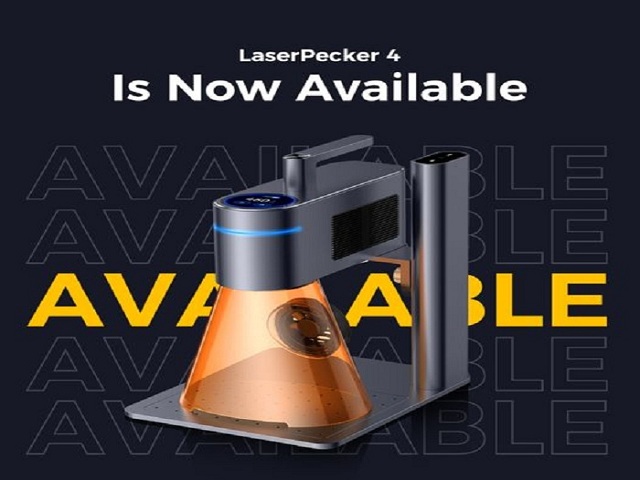
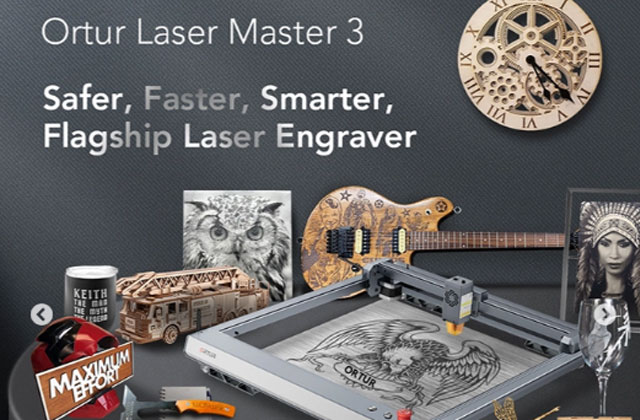
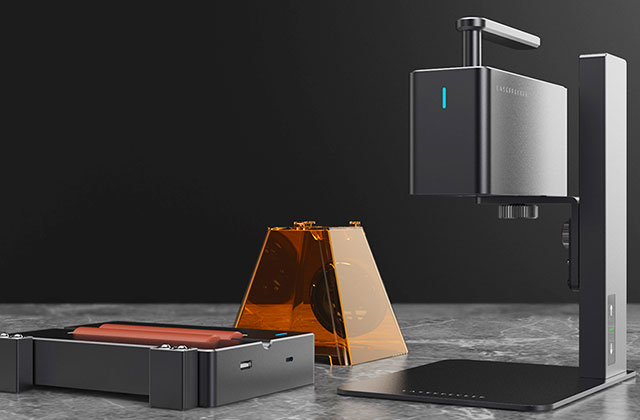
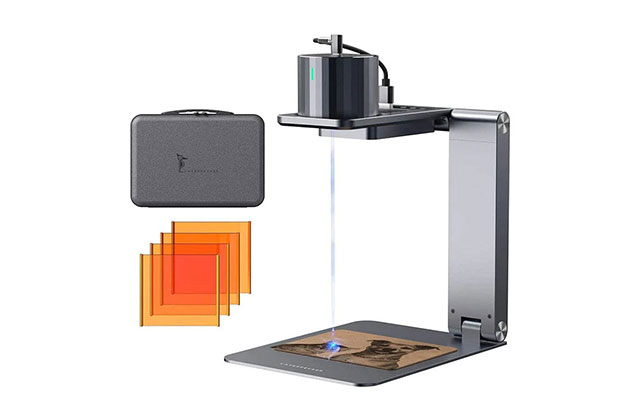

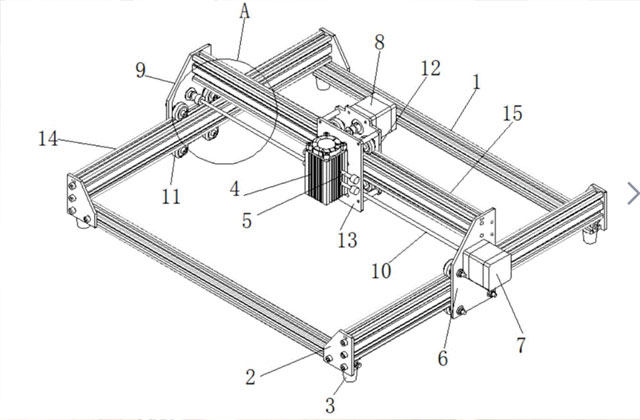
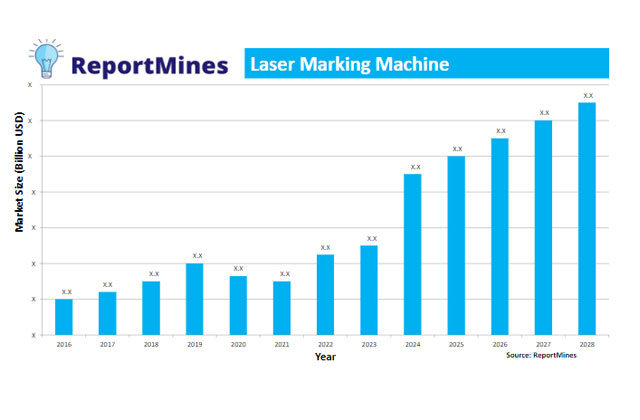
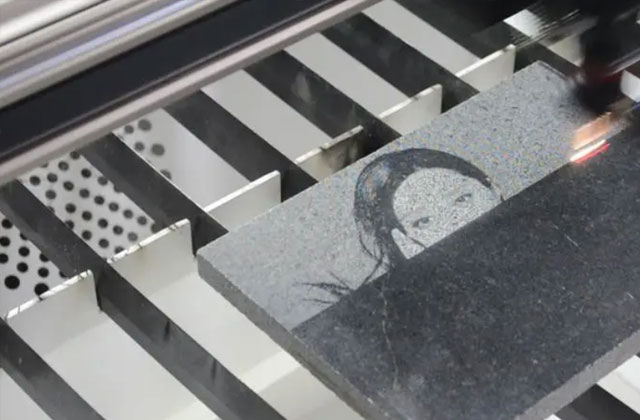
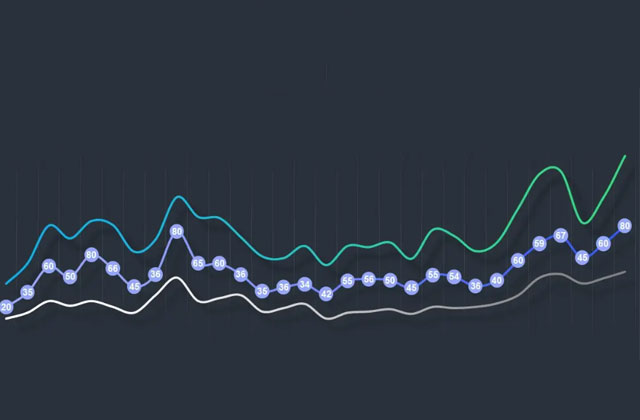
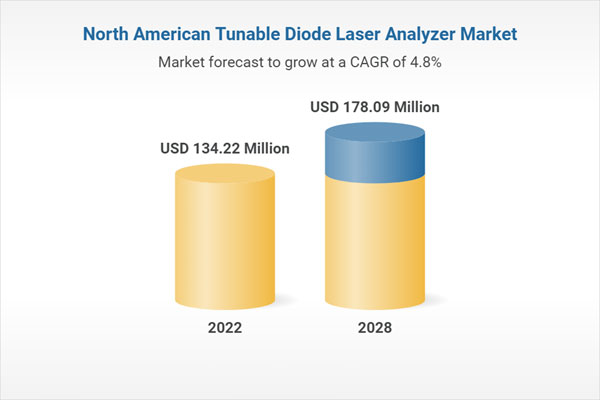
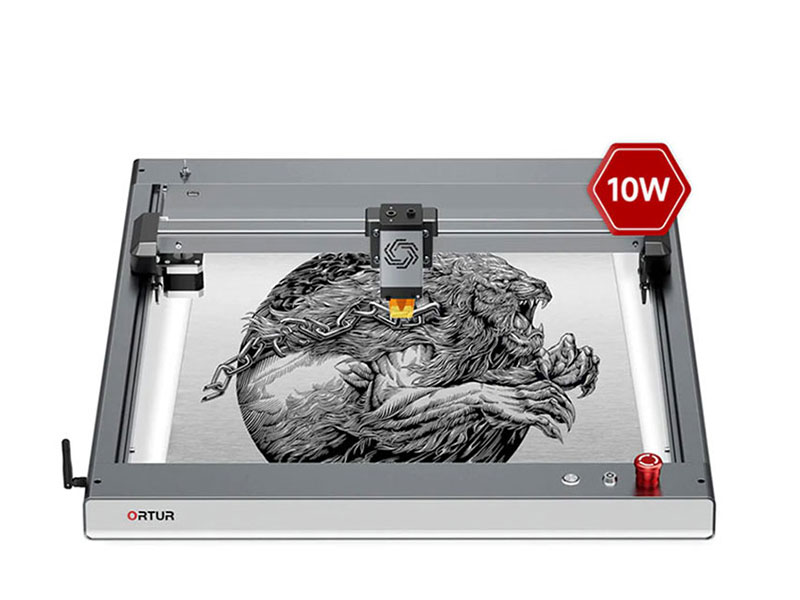

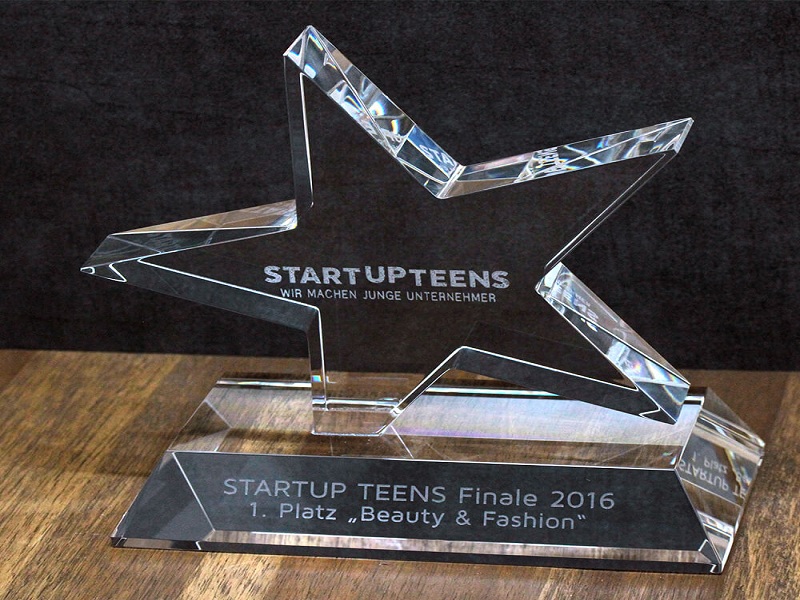
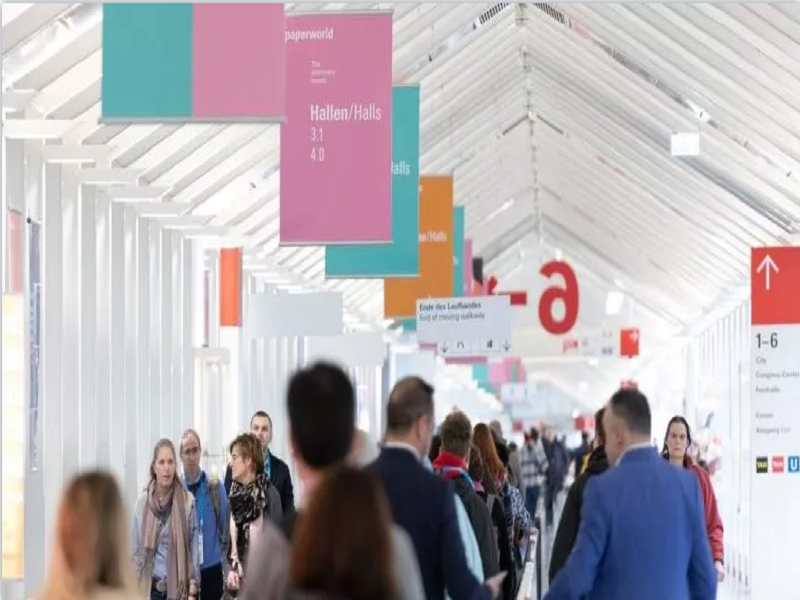
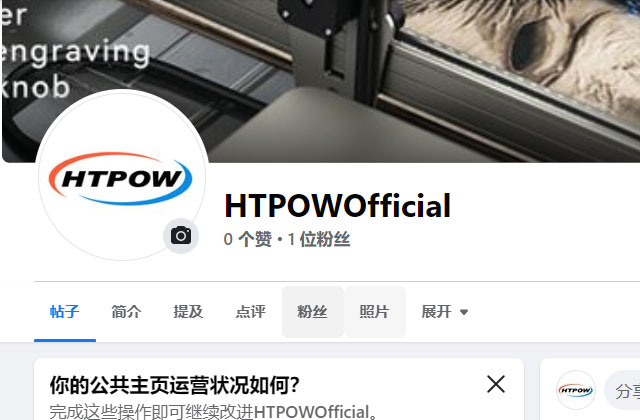

.jpg)
